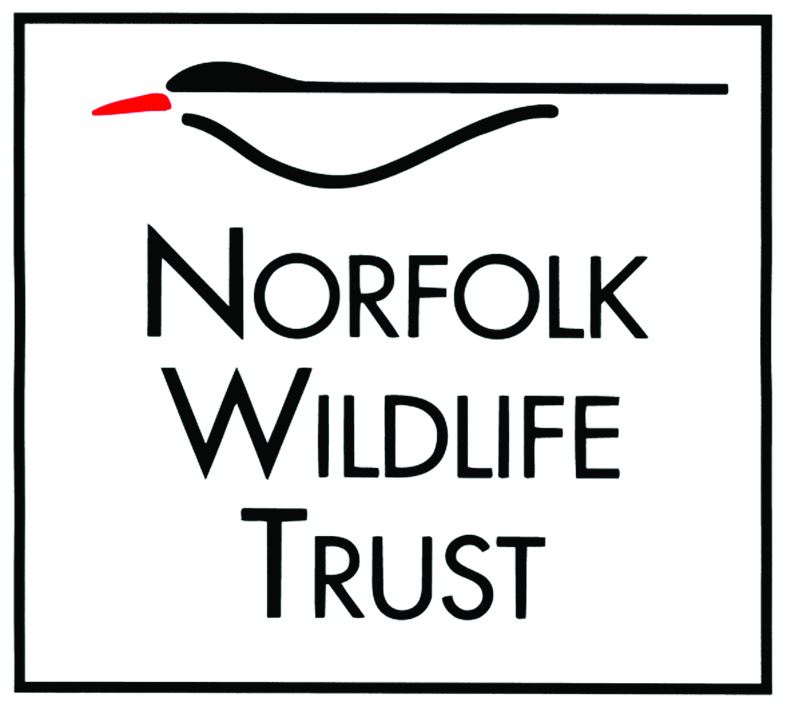
©Neil Aldridge

Jon Hawkins, Surrey Hills Photography
Goldfinch
Scientific name: Carduelis carduelis
The striking red crown, golden back, and bright yellow wings of the goldfinch make it one of our prettiest garden birds. It happily visits birdtables and feeders across the UK.
Species information
Statistics
Length: 12-14cmWingspan: 24cm
Weight: 17g
Average lifespan: 2 years
Conservation status
Common. Classified in the UK as Green under the Birds of Conservation Concern 5: the Red List for Birds (2021). Protected in the UK under the Wildlife and Countryside Act, 1981.
When to see
January to DecemberAbout
The goldfinch is a striking, small finch of gardens, parks, woodland, heathland and farmland. It eats small seeds, especially from ragwort, dandelions and teasels (their long, pointed bills help them to extract the seeds), as well as invertebrates. It will visit birdtables and feeders, too. During winter, goldfinches roam about in flocks of up to 100 birds, searching for food. However, some of our UK birds will migrate as far south as Spain to avoid the worst of the harsh weather.How to identify
The goldfinch is a small, colourful finch that is gingery-brown above and pale below, with black-and-yellow wings, a black crown, white cheeks and a bright red face.Distribution
Widespread, but absent from the very north of Scotland.Did you know?
The collective noun for a group of goldfinches is a 'charm', whereas a group of crows is known as a 'murder', and a group of owls as a 'parliament'. All quite fitting to our stereotypical views of these birds!How people can help
Whether you live in town or country, you can help to look after garden birds by providing food and water for them.Watch
Goldfinch by John Bridges
